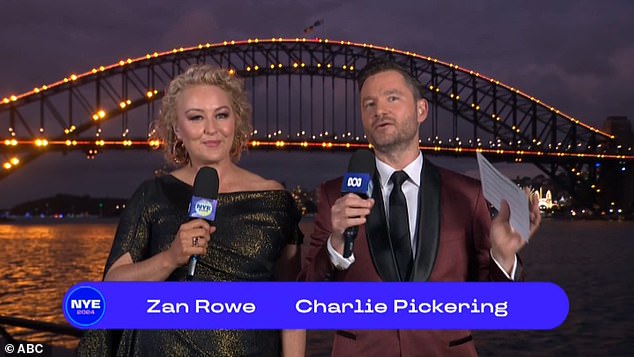In the first three parts of Andrew Chapter 2, which began broadcasting in Disney on April 22, takes us one of the many plans of the exhibition to Mina-REO, an agricultural planet on the outer margin of Star Wars Galaxy, where a group of rebellious soldiers appear as independent mechanics. This group includes Bix (Adria Arjona), a wanted fugitive in Mina-REO without the necessary paper. Therefore, when a box of imperial soldiers arrives to execute a “unpublished census”, Bix is worried.
“If they check the visa, it’s a problem,” he says.
A local farmer responds: “Look, they need seeds.” “They know that we need help, and they know that everyone is not legal. How hard they look, what they do – 10 years have passed since the last audit, no one is happy.”
In the next section, he betrays the insurgents to the empire, remembering how difficult it is to do the right thing in the face of authoritarian power.
For the Kempshall, AndrewThe biggest innovation is the way to expose the “popular elements of fascism”. We all know that Palaptine is evil, but as this series makes it clear, it is ordinary people who do their only work – they do the documents and the implementation of security – which makes it possible in the first place.
“These are those who kick your door or change the rules at 3am,” he says. “They are the true face of the empire. And it looks natural and unique and boring and so terrible. The fact is the increase in cruelty.”
The tradition of the Star Wars to highlight American imperialism goes back to its first days.
Lucas was supposed to direct before he created the Star Wars The apocalypse now For his friend, Oscar -winning director, Francis Ford Coppola. But after the film became hell and he was destroyed, Lucas took the Vietnam war and transformed it into space and turned Viet Cong into a rebellious unity, the Ragtag army of freedom fighters involved in the guerrilla war against a fierce armed empire and genocide.
And that’s just what has made it the final version of the film.
“In the first draft for what Star WarsLucas was very explicit about how to betray America, which had fallen into fascism. “
When Lucas returned to the Star Wars Galaxy after a 16 -year break to take over the prequel trilogy, he had a different metaphor. Released in 1999, a full year before President George W. Bush, Star Wars: Part I – Phantom Threat An allegory for how the democracies collapse is dictatorship and, with a desire to power, delegates its power to a powerful, with all parallel from Julius Caesar to Napoleon Bonaparte. .
But until it was finished Revenge of Sith (2005) Lucas had drawn his attention to President Bush. Near the end of the film, a corrupt Skywalker turns to his old friend Obi-Wan Kenobi and shouts: “If you are not with me, you are my enemy,” is an unknown reference to the Iraqi war that immediately compares Bush’s threat: “You are with us or with us terrorists.”
Lucas, after the poor sequel, has retreated from the Star Wars for decades and eventually sells Disney’s right to vote. The company re -selected Skywalker Saga 30 years later A serious return (1983). In 2015 The force is awakenedThe remnants of the empire have been reformed first, which derives completely Nazi features with its red flags and angry and angry leaders.
According to the camp, the reason for this change towards the Nazi general metaphor is more about politics and greater communication with modern cultural zeitgeist.
“Vietnam is no longer a major stone of pop culture,” he says. “So the empire probably needs evolution to transfer evil.”
Certainly in 2015, a year before President Donald Trump was true, but a decade later, Zeitgeist changed again. Like the 1970s under Richard Nixon or the early 2000s under the Bush, America is fading towards fascism. And, in a surprising return, the Star Wars are here to reflect this political reality.





